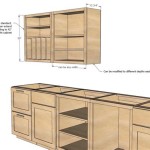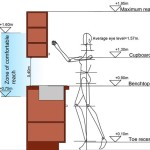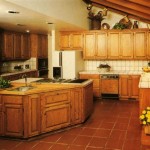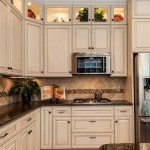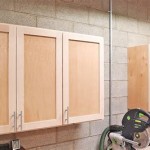Can I Paint Over My Kitchen Cabinets Without Sanding?
Painting your kitchen cabinets without sanding is a tempting prospect. It can save you time and effort, and it can be a more affordable option than hiring a professional. However, it is important to weigh the pros and cons before deciding whether or not to forgo sanding.
Sanding your kitchen cabinets is essential to remove any dirt, grease, or other contaminants that may have accumulated on the surface. Even if your cabinets appear to be clean, sanding will help to create a smooth and even surface for the paint to adhere to. Without sanding, the paint may not adhere properly and could eventually peel or chip.
In addition to cleaning the surface, sanding also helps to create a better bond between the paint and the cabinets. This is because sanding creates tiny scratches in the surface of the cabinets, which gives the paint something to grip onto. Without sanding, the paint may not be able to adhere to the cabinets as well, and it could be more likely to peel or chip.
Sanding also helps to remove any imperfections in the surface of the cabinets. This is important because any imperfections will show through the paint and could result in an uneven or bumpy finish. Sanding will help to create a smooth and even surface, which will result in a more professional-looking finish.
Of course, sanding your kitchen cabinets is not without its drawbacks. Sanding can be a time-consuming and dusty process, and it can also be hard on your hands. However, the benefits of sanding outweigh the drawbacks, and it is definitely worth taking the time to do it right.
If you are determined to paint your kitchen cabinets without sanding, there are a few things you can do to improve the chances of success.
First, make sure to clean the cabinets thoroughly with a degreaser. This will help to remove any dirt, grease, or other contaminants that may have accumulated on the surface. Once the cabinets are clean, dry them thoroughly.
Next, apply a coat of primer to the cabinets. Primer will help to create a smooth and even surface for the paint to adhere to. Allow the primer to dry completely before applying the paint.
When painting the cabinets, use a high-quality paint that is specifically designed for kitchen cabinets. Apply two or three thin coats of paint, allowing each coat to dry completely before applying the next. Once the paint is dry, you can apply a coat of clear sealant to help protect the finish.

How To Paint Kitchen Cabinets Without Sanding Or Priming

How To Paint Laminate Cabinets Without Sanding The Palette Muse

How To Paint Kitchen Cabinets Without Sanding Sustain My Craft Habit

Painting Over Oak Cabinets Without Sanding Or Priming Hometalk

How To Paint Cabinets Without Sanding

Can You Paint Kitchen Cabinets Without Sanding Painting

How To Paint Cabinets Without Sanding A Fresh Squeezed Life

How To Paint Kitchen Cabinets White Without Sanding Painting Old

How To Paint Cabinets Without Removing Doors House Mix

How To Paint Your Cabinets In A Weekend Without Sanding Them Chris Loves Julia
Related Posts


